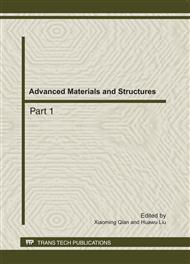p.519
p.523
p.527
p.531
p.535
p.543
p.547
p.552
p.556
Soft Modeling of Wire Electrical Discharge Machining of WC-Co Composite
Abstract:
The prediction of optimal machining conditions for required surface roughness and material removal rate (MRR) plays a very significant role in process planning of wire electrical discharge machining (WEDM). Artificial neural networks (ANN) are widely applied to predict the performance characteristics of complex machining process like WEDM very accurately. This present work deals with the features of cutting operation by WEDM of tungsten carbide- cobalt composite(WC – Co) and an artificial neural networks(ANN) model in terms of machining parameters, developed to predict surface roughness(Ra) and material removal rate (MRR).The experiment was planned as per Taguchi’s L 27 orthogonal array. The predictive capacity of the models was validated. The test results indicate that the proposed models could adequately describe the performance indicators with the limits of the factors that are being investigated. Finally the accuracy of the developed ANN model was compared to the experimental values. It was observed that the proposed ANN model is good.
Info:
Periodical:
Pages:
535-540
Citation:
Online since:
September 2011
Authors:
Keywords:
Price:
Сopyright:
© 2011 Trans Tech Publications Ltd. All Rights Reserved
Share:
Citation:


